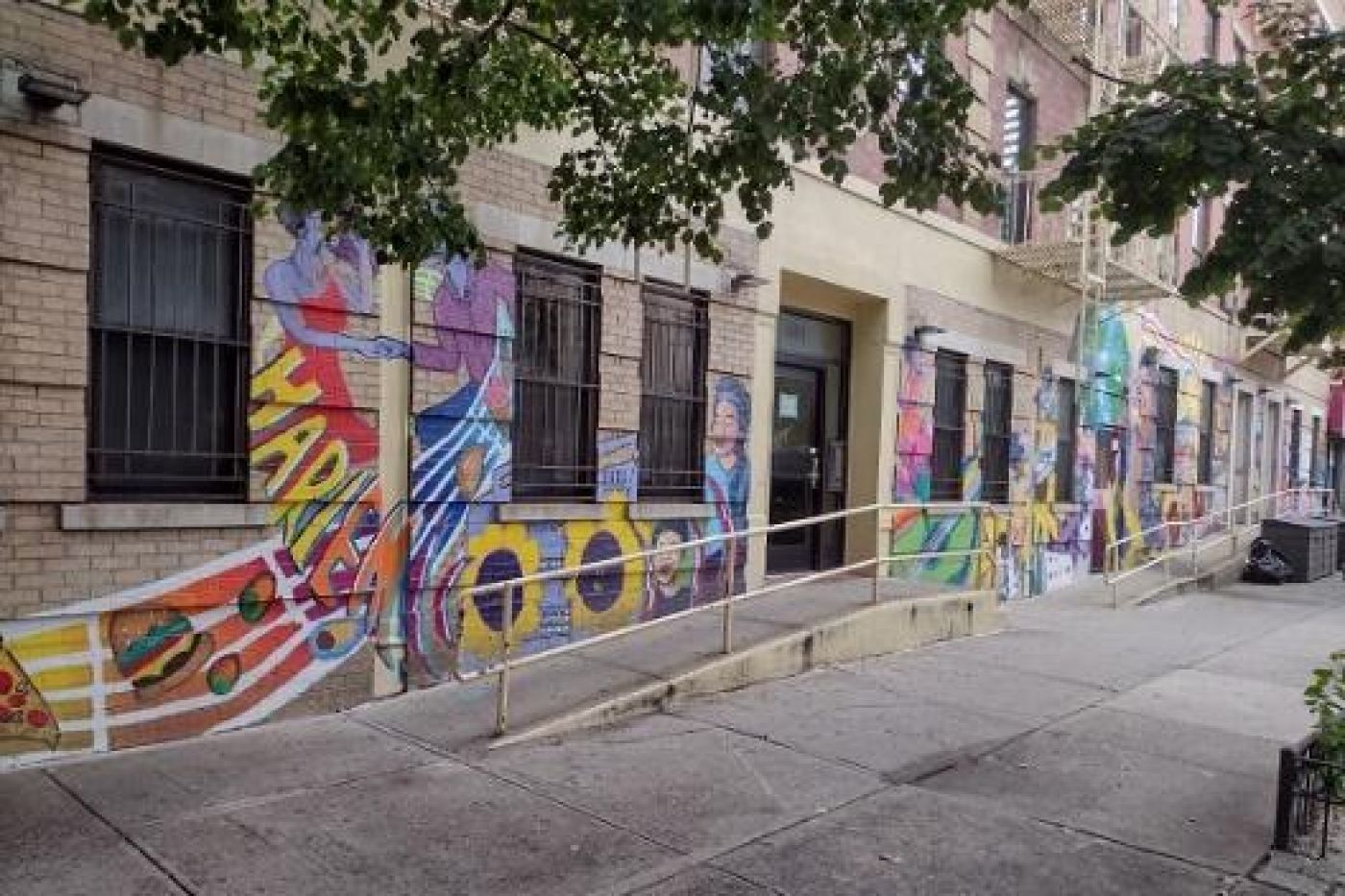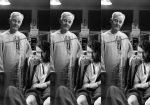Be the Story

As part of my participating in the filming of a documentary on vulnerable veterans with Let’s Rethink This founder Jerry Ashton and acclaimed documentarist and filmmaker Patrick de Warren, I arrived in NYC in late July from Phoenix, AZ. For this documentary to work I’ve decided to actually ‘Be the Story’ and document my personal process of going from, ‘Homeless to Homeness.’
I arrived in New York on July 26, Flew back to Arizona on August 13, and back to NYC on August 20. I’ve been a temporary resident of the New York Department of Homeless Services (NYDHS) since July 28. Even though I am staying at a shelter, they are kind enough to allow me to use their address to obtain my new New York ID card, register as a New York Democrat (45 yrs as AZ GOP’er), and even get a library card. I am also newly enrolled in the Manhattan VA and starting to receive the medical and mental health treatment I’ve been denied in Arizona. That included the HUD/VASH voucher program for disabled and low-income veterans.
As a service-connected disabled veteran (70% for PTSD) whose also poz, I am eligible for several ‘vouchers’. I already have one voucher from HASA, a Social Services agency and covers housing anywhere in the five boroughs, CityFHEPS for those not covered by any other vouchers, and the HUD/VASH voucher which I should be getting in the next couple of weeks. So, it would only make sense that after spending the entire pandemic in Arizona and isolating, I would eventually catch Covid once moving to New York and beginning the search for a new home. As of September 8, I have been the temporary guest of Sweet Home Suites, a former motel in Queens that only houses other Covid-positive people in the NYDHS system. Although I am still at the isolation facility, I have already begun my earnest search for an apartment.
My first two apartments I viewed were a one-bedroom in an area that wouldn’t be conducive to the work I’ll be doing in Mid-Manhattan and Brooklyn with various veteran’s organizations including homeless and judicial agencies. The second apartment I viewed is a sweet studio in East Harlem, a part of the city that is experiencing gentrification with the return of former New Yorkers seeking older neighborhoods to adopt as their own. For those of us that lived in Chicago during the 1990’s, we saw this happen with Wicker Park. This apartment is also a little far from downtown, but the neighborhood is diverse, and I would be able to transfer to a one-bedroom after my first year. Both of these referrals have been provided by Eric Jackson of the Jericho Project, a “nonprofit ending homelessness at its roots by enabling homeless individuals and families to attain quality housing.”
The third apartment I viewed was found on ForRent.com and a stunning one-bedroom in a housing complex, Stuytown in Easter Manhattan, a stunning 110-building and 11,000 residents sprawling complex, ironically built to house returnees from WWII, but about twice my voucher of $2,218 for an all-utilities paid apartment in the five boroughs. Although it was painfully obvious that there was no possible way I am going to get $4,500/mo. apartment with my current financial situation, amazing Leasing Agent Paris Hampton treated me with the same dignity I’ve received from everyone in New York. The apartment we viewed is simply stunning and worth every bit of the rent requested.
Next ‘Homeless to Homeness’ installment will discuss the voucher system and applying them to renting an apartment.




